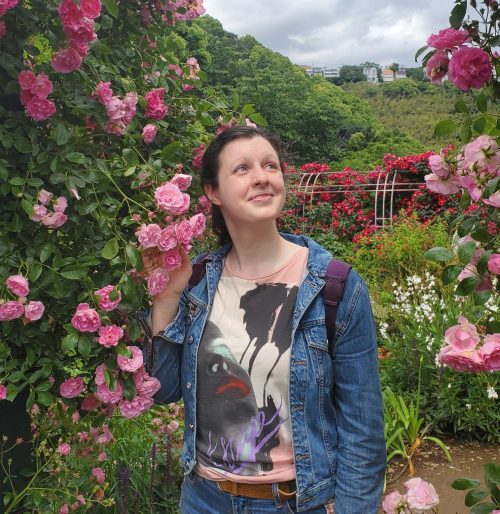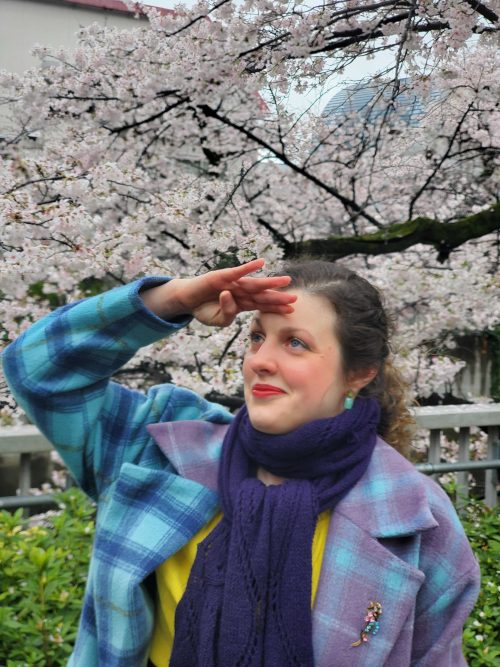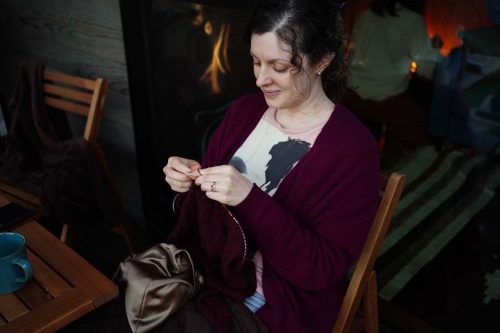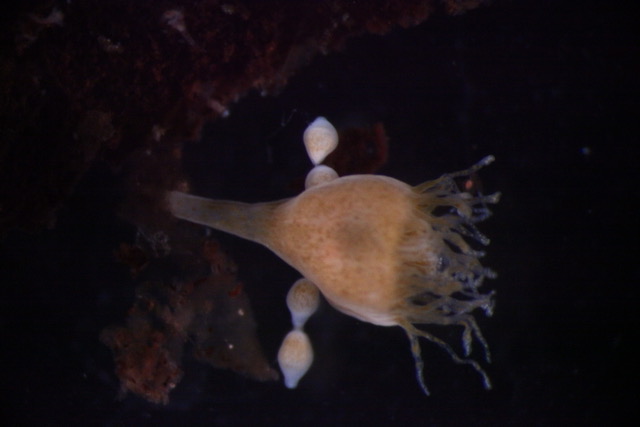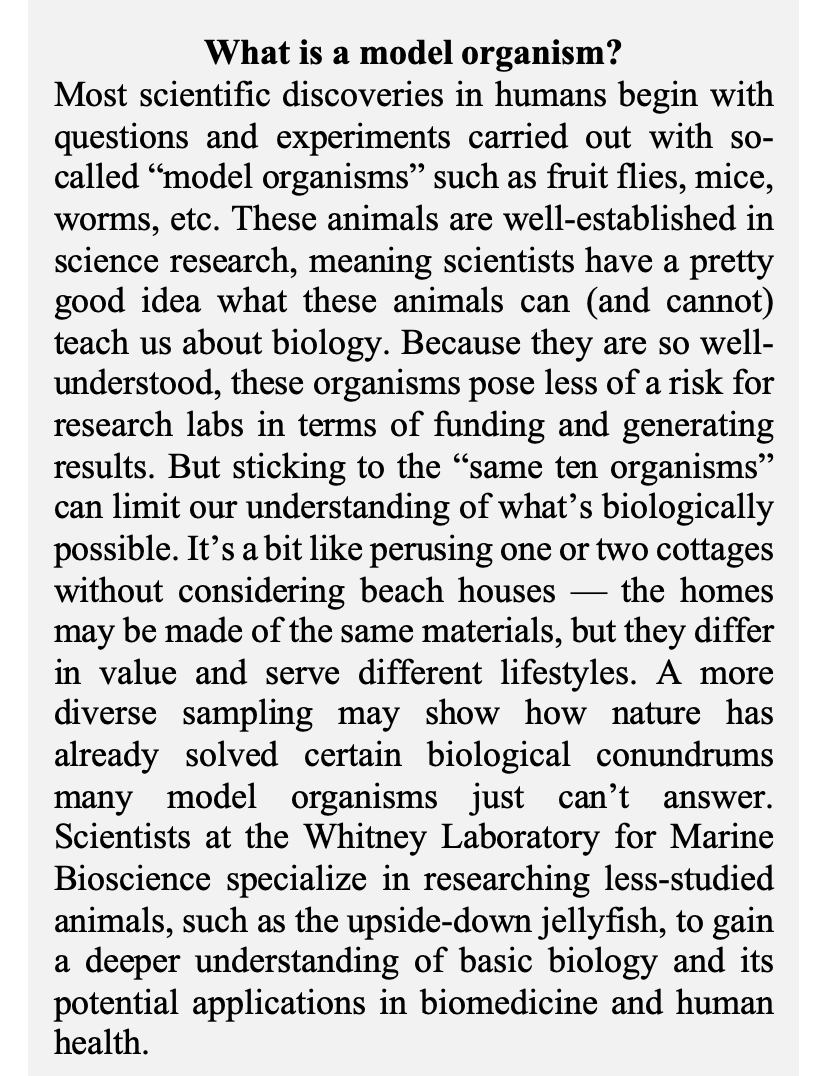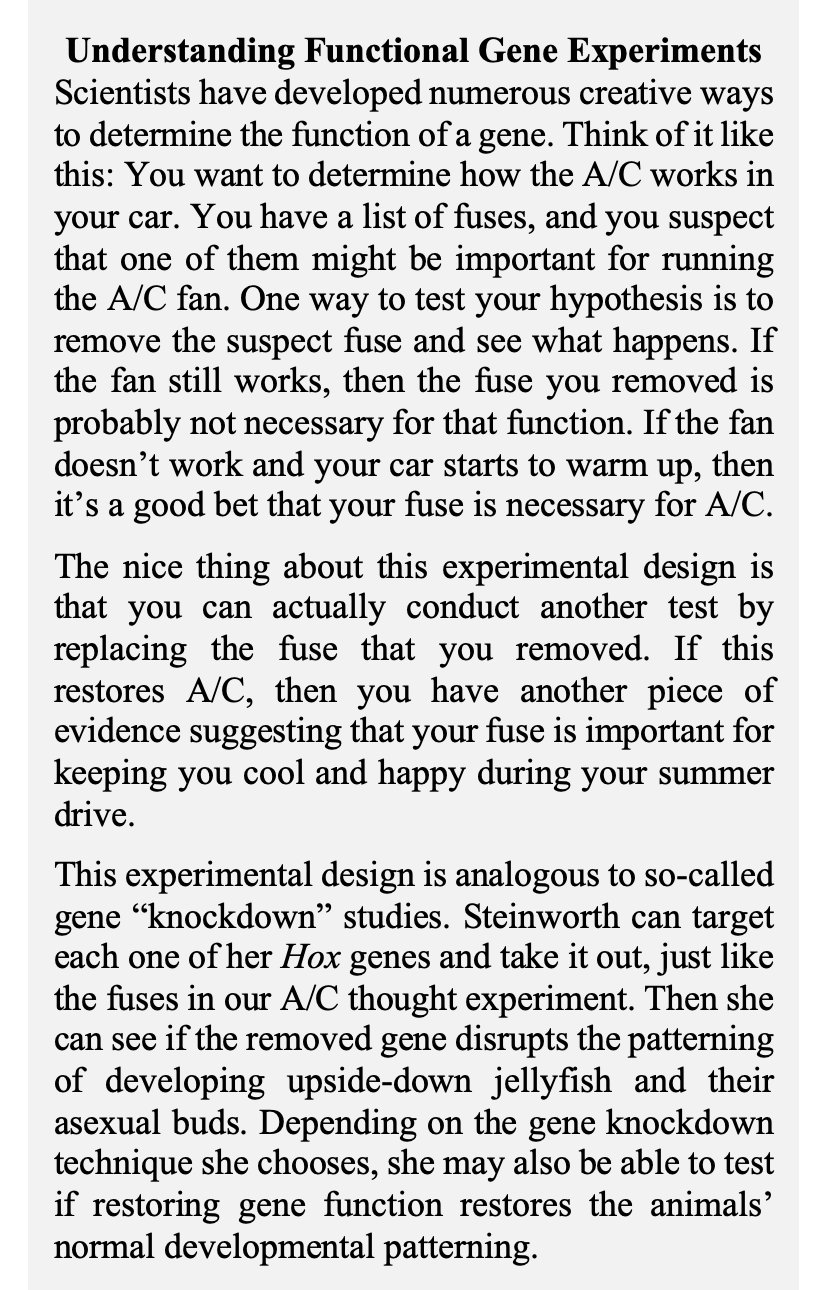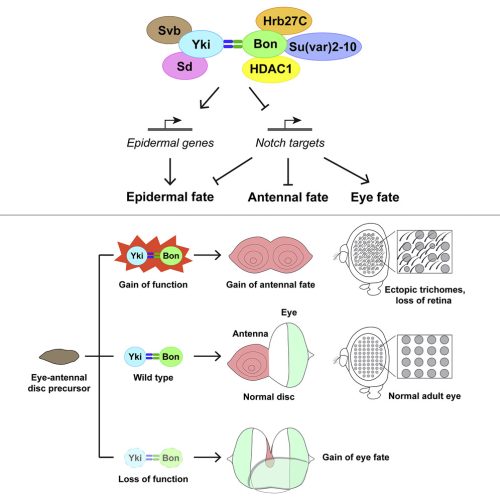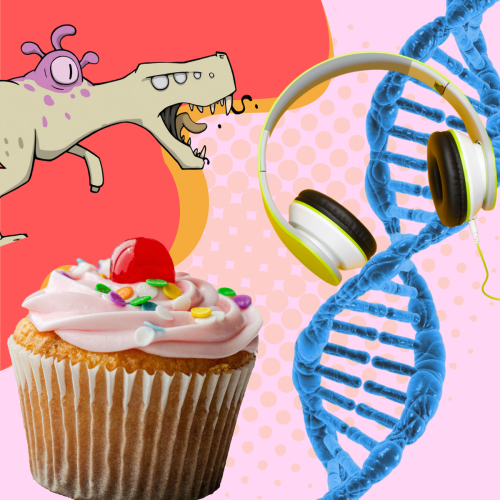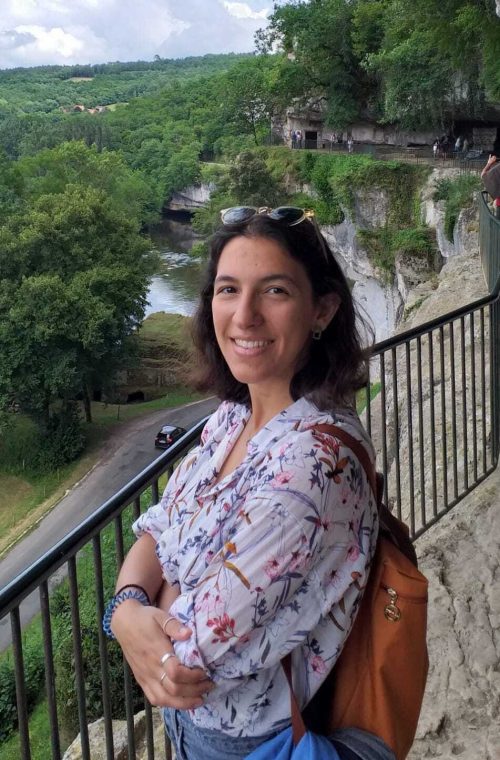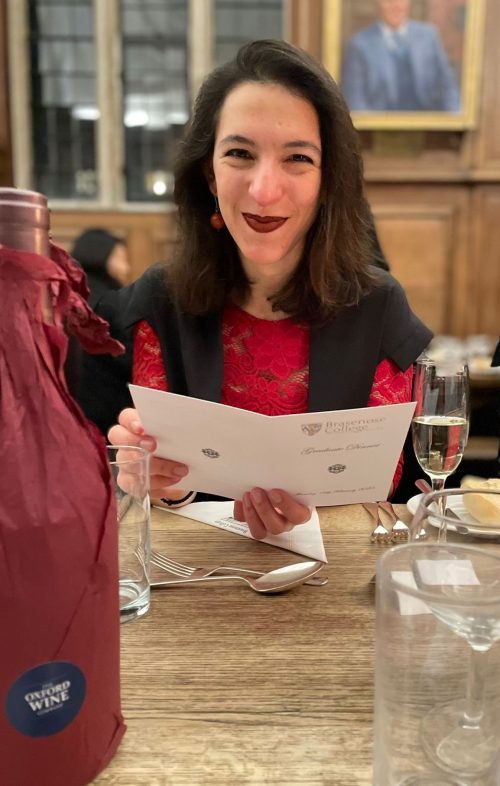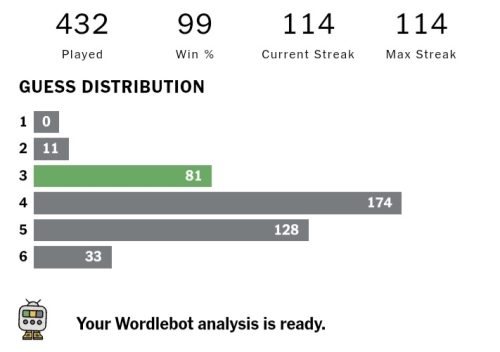#devbiolstories: Guy Fawkes, Chickens, and the Hatching of “Mechanism” in Developmental Biology
Posted by John Wallingford, on 25 April 2023
Welcome to #devbiolstories, which I hope will grow into a wholly random collection of short pieces on stuff I want to write about. I also hope you’ll enjoy it.
Today, it’s #devbiolstories Assistant Professor Edition, in which I’ll highlight the work of some of the great new labs in #devbiol. Today, we’ll highlight Erica Hutchins, whose fledgling lab studies chick embryos (get it!) at UCSF. She’s keen to understand neural crest development and how it might go awry in human disease.
I really enjoyed reading Erica’s awesome preprint with Mike Piacentino and Marianne Bronner about P-bodies and RNA processing in EMT of the neural crest, because I’ve been curious lately about the weird myriad of RNA-based punctae/foci/dots in cells. Erica’s preprint speaks to the awesome power of modern chick embryology. So, today’s story is about chickens and the role they played at what we might call the very dawn of mechanistic developmental biology. It opens, surprisingly enough, with the death of Guy Fawkes.
On January 31st, 1606, Guy Fawkes famously broke his neck and so avoided being hung, drawn, and quartered, the brutal sentence handed down for his part in the failed “gunpowder plot” to overthrow the British government. Just a day before, however, his young co-conspirator Everard Digby was not so lucky. Only twenty-eight years old, Digby’s gruesome death left a wife and two young sons traumatized and destitute. For the older son, Kenelm, it was only the first episode in a lifetime of extreme drama.
As the Mayflower was sailing to America in 1620, Kenelm was being expelled from Oxford. He would become a renowned fencer in Italy, personally raid the ships of England’s enemies from Gibraltar to Turkey, and galivant through Paris with René Descartes. He fled Paris to escape the affections of the Queen of France (or so he claimed, escaping retribution for killing a French nobleman in a duel must also have been on his mind). It all caught up to him, though, and he spent two years in an English prison. He was also a developmental biologist.
In prison, Digby worked up a sweeping theory of the natural world, which he published in his 1644 Two Treatises. Influenced by the rational, mechanical thinking of his friend Descartes, the book’s three chapters on embryology make for astonishing reading.
In the previous story, we learned that chickens have driven #devbiol for millennia, but it was Digby who was the first to use artificial incubation to study them. Everyone since Aristotle had incubated their chicks under hens. Aided by Sir John Heydon (“that generous and knowing Gentleman”), Digby built a chick incubator with which “you may lay several eggs to hatch; and by breaking them out at several ages, you may distinctly observe every hourly mutation in them, if you please.” We do please, Kenelm!
More important by far, however, is that Digby’s studies of the chick led him not only to describe development as others had done before him, but to explain it. As such, the Two Treatises provide one of the very first attempts at what we might call a “mechanistic” explanation of development. Clearly, he was gunning for a top journal.
Digby arrived at his novel idea about development (which was at the time called “generation”) by cleverly “considering how a living creature is nourished.” He wonders:
“Why should not the parts be made in generation of a matter like to that which maketh them in nutrition? If they be augmented by one kind of juice that after several changes, turneth at the length into flesh and bone… why should not the same juice, with the same progress… be converted at the first into flesh and bone though none be there formerly?”
By considering the embryo as a physical entity, fundamentally linked to the very same matter present in our food, Digby gave developmental biology a material basis it previously lacked. Indeed, most scholars at the time still sought explanations in Aristotle’s two-thousand-year-old framework of ineffable ‘causes’ and ‘humors.’
Digby’s work also spurred another scholar, his rather more staid colleague Nathaniel Highmore, to his own studies. Highmore’s cleverly titled 1651 History of Generation – Examining several opinions of divers authors, especially that of Sir Kenelm Digby… should be more well known, as it was very first to report observations of an embryo using a microscope. They were chicken embryos, of course.
Highmore extended Digby’s ideas on nutrition, going on to discuss “small indivisible… Atomes” and how they “fall to their proper places, and make up a Chick…” Now, these are not the atoms we know today, but rather an earlier conception whose history we needn’t delve into here. And of course Highmore and Digby weren’t the only ones studying embryos at the time. William Harvey is by far the most well-known embryologist of the day, but we can talk about him another day.
Suffice to say, Digby and Highmore’s chick studies were important, so let’s put them into context: To do so, cast your mind back to high school chemistry and Boyle’s Law. That Law was just one of Robert Boyle’s accomplishments, for he was a pillar of the Scientific Revolution. In fact, his book The Sceptical Chymist is generally considered to mark the dawn of modern chemistry, the science of how things are constituted. A friend to both Highmore and Digby, Boyle had read their work, and when his own magnum opus was published some ten years after theirs, Boyle noted a key implication of his new chemistry: to “teach us how a Chick is formed in the Egge.”
So, right there, at the very dawn of modern science, at the very moment we began to build a new conception of matter, the humble chicken was already helping to build a new conception of the embryo.
Digby and Highmore thus tied a crucial knot in the thread that connects Erica Hutchins’ work with chick embryos to Aristotle’s. Two hundred years after Digby and Highmore, Karl Ernst von Baer’s studies of chick embryos would mark the birth modern embryology in the 19th Century. A few decades after that, in the hands of Wilhelm His, the chick would give up the very first secrets of what we now call the neural crest. And of course, in the 20th Century, Nicole Le Dourain and Marianne Bronner, among others, would build the chick neural crest into a massively powerful paradigm for interrogating the mechanisms of embryonic development.
So, I told this story because I read Erica’s paper and she’s starting a lab with chick embryos, and I wanted to write about how the chicken basically did everything cool in #devbiol for like 3000 years. But I want to stress here that Erica’s not alone. I might just as easily have built this story around other new PIs using the chick for cutting-edge #devbiol. Amy Shyer’s physical/mechanical approach might remind Digby of his friend Descartes; Mike Piacentino’s work on lipid metabolism might get us closer to Digby’s nutritious “juice.”
So let’s be clear, the longest thread in the huge tapestry of #devbiol is still being spun from chick embryos. And, as Digby wrote, “by drawing the thread carefully along through your fingers, and staying at every knot to examine how it is tied; you see that this difficult progress of the generation of living creatures, is obvious enough to be comprehended.”
Further Reading
This essay, like so many of my obscure obsessions grew from reading A History of Embryology by Joseph Needham.
Digby’s Two Treatises can be found here, and a text searchable version is available from U. Michigan’s Early English Books Online project. Highmore’s History of Generation… is also available as text from EEBO.
Boyle’s The Sceptical Chymist can be read at Project Gutenberg.
For a more thorough accounting of Highmore and Digby’s embryology (and their relation to Harvey), see this piece by Karin Ekholm.
Highmore’s first-ever report of embryos seen through a microscope is discussed here by Bavid Bardell.
And a biography of the fascinating Kenelm Digby is here.
Finally, if you’re keen to really see how developmental biology exploded in the 17th Century, I highly recommend Matthew Cobb’s excellent book, Generation.
=


 (3 votes)
(3 votes)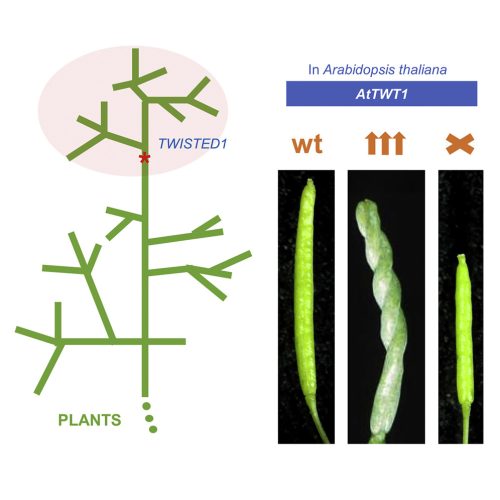
 (No Ratings Yet)
(No Ratings Yet)